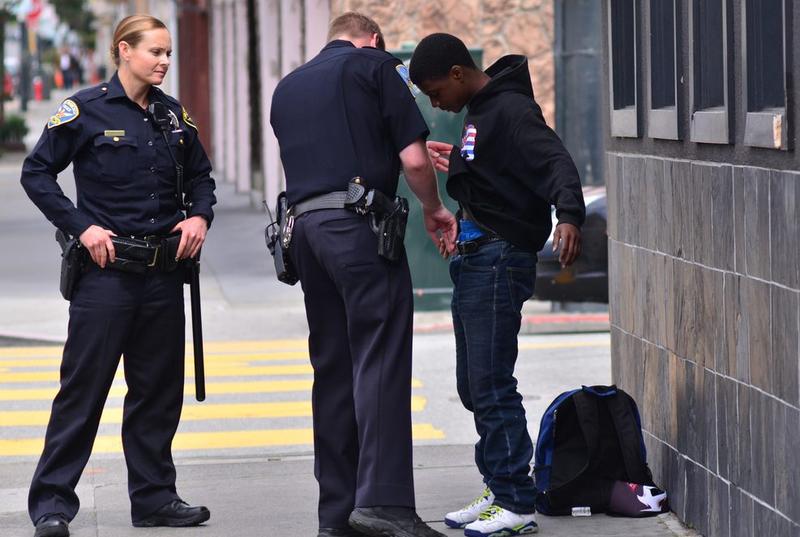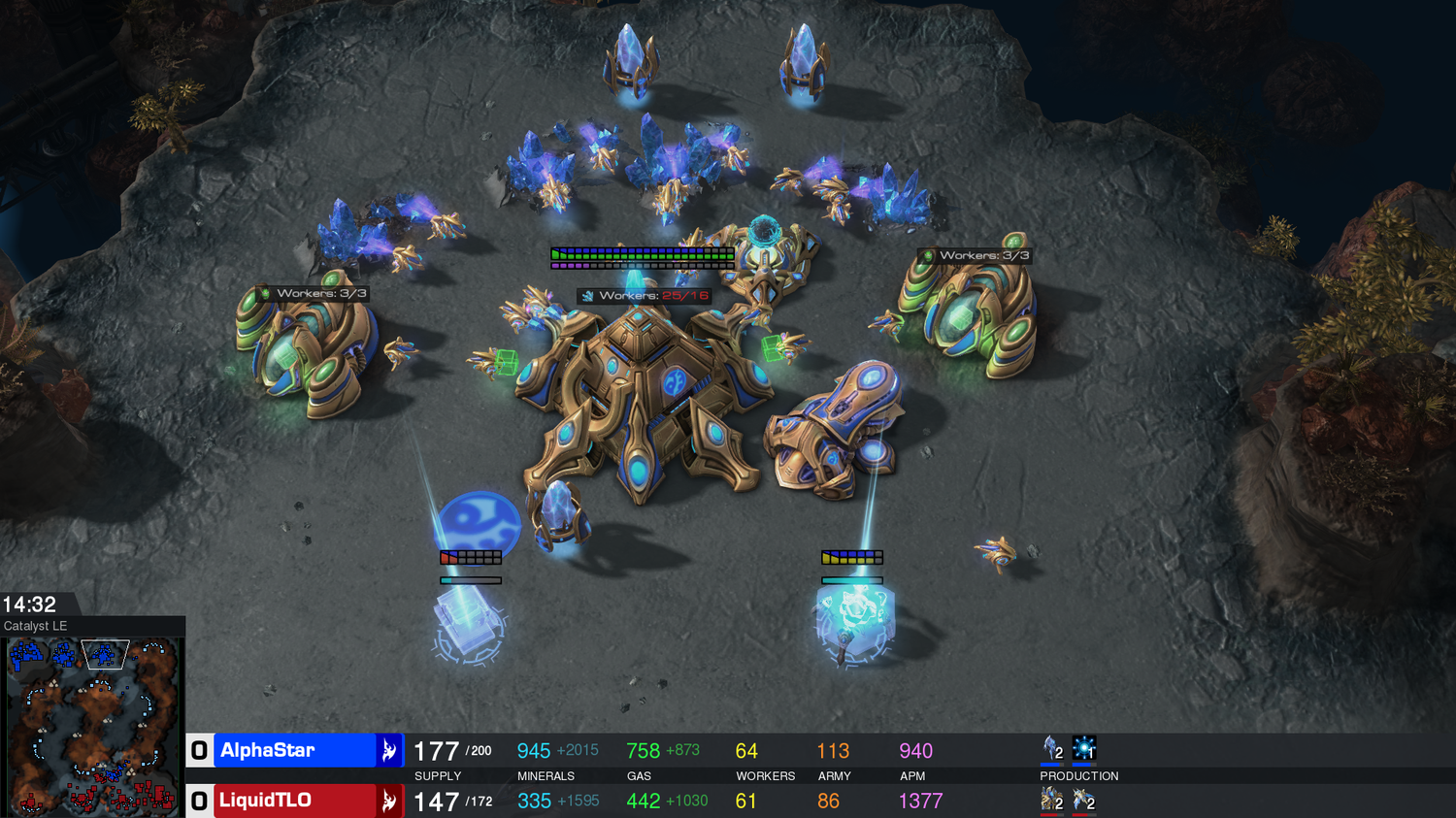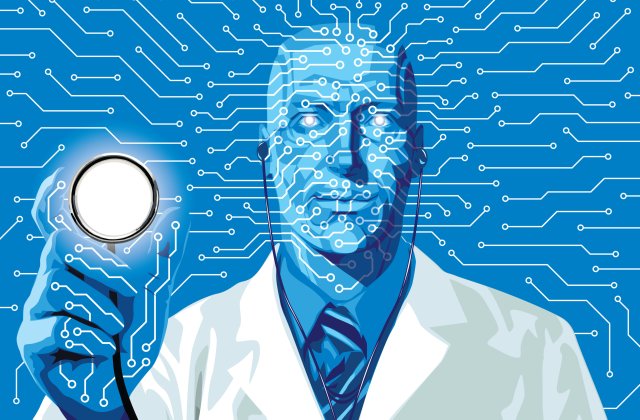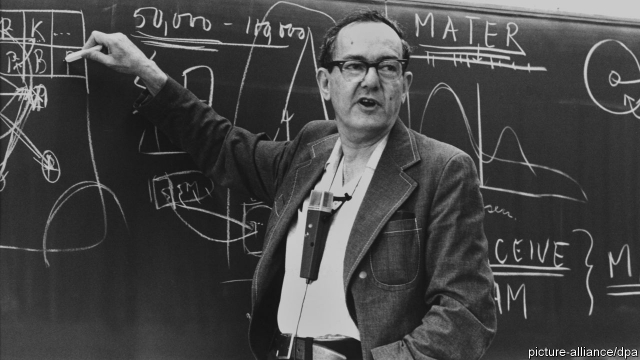Objectives
- Gain further experience using some theory/method related to AI and/or Cognitive Science and applying that theory/method to a problem. You may use an expanded version of a method we’ve gone directly over in class, expand upon your midterm project in some way, or pick another area of AI/Cognitive Science that we may have not gotten to, but still falls under the same ideals.
- Gain further experience reading and reviewing previous research in an AI/Cognitive Science area (related to your method and problem).
- Gain further experience organizing your ideas related to a given problem and solution into a coherent message.
- You’ll get to do this with your presentations, Paper, and Medium Article
- Consider how your intelligent system may be (intentionally or unintentionally) used unethically or contribute to unethical practices and how this relates to existing ethical issues in the news/research.
Final Project Overview
Let's, again, start with these two passages from Abeba Birhane, who is at UC Dublin.
An implicit assumption that AI is some sort of autonomous, discrete entity separate from humans, and not a disruptive force for society or the economy, underlies this narrow one-dimensional view of AI and the preoccupation with the creation of artificial self. Sure, if your idea of AI revolves around sentient robots, that might bear some truth. This implicit assumption seems, to me, a hangover from Cartesian dichotomous thinking that remains persistent even among scholars within the embodied and enactive tradition who think that their perspectives account for complex reality. This AI vs humans thinking is misleading and unhelpful, to say the least.
AI systems are ubiquitous and this fact is apparent if you abandon the narrow and one-dimensional view of AI. AI algorithms are inextricably intertwined with our social, legal, health and educational system and not some separate independent entities as we like to envision when we think of AI. The apps that power your smart phone, the automated systems, including those that contribute to the decision towards whether you get a loan or not, whether you are hired or not, or how much your car insurance premium will cost you all are AI. AI that have real impact, especially on society’s most vulnerable.”
This project is your opportunity to apply a method or theory from AI/Cognitive Science to explore and try to solve a problem; this may be particularly for those of you who want to learn more about a theory/method before starting your final project.
However, the bigger opportunity is to consider how something you develop may be used in ways that are unethical and/or detrimental to our society. What's more, you'll have the opportunity to consider how your topic interacts with historical and/or current inequality.
If you are looking for some places to start, I’d say go no further than the blog from which the quote above came (https://abebabirhane.wordpress.com/). I asked a few colleagues about recommendations a while back and I’ve found that blog to be useful as a starting point for some things.
Half of the work with these projects is identifying a problem, understanding why we should care, and understanding why your take/solution is worth trying. Though this course has many transactional elements this meant to be more of an opportunity for it to be transformational. Though you will likely go on to allow much of the knowledge from this class to decay in memory, I want you to have an opportunity to cement some related knowledge in your memory through this project. If you do well enough (and are lucky enough to pick the correct problem), a project such as this could blossom into further applications and/or research (maybe even a published research paper!)
This End point of the project will involve four major parts:
The research paper, The implementation (in code), The presentation (keynote, powerpoint, prezi, etc.), The medium article.
You will carry out the following steps (not necessarily in order) to bring your project from concept to completion:
-
Select your team. Teams should consist of FOUR people. I will require that everyone speaks equally during the presentations and can explain any part of the work (within reason).
-
The team will work together to decide on a particular problem they would like to approach with a given theory or method in AI and/or Cognitive Science and what the goal of applying this theory or method will be. The problem formulation is important (what is it that you wish to tackle and why is it important?) Your problem can be a (reasonable) ultimate problem that you wish to tackle by exploring smaller or toy problems.
-
Once you have established the problem, you will begin to map out a proposed model that can be used to explore or solve the problem. This will provide a high-level explanation of how you think whatever method or theory you’re using will apply to the problem at hand and accomplish your goal.
-
To help map this out, you will use the Designing AI worksheet from the beginning of the semester to describe your planned project in terms of goals of your intelligent system, the environment(s) in which your intelligent system operates, and how your intelligent system will adapt to the environment to achieve said goals. This is what is due for your phase 1
-
I will work with teams on some designated project work days to check on the status and get estimates of time for the completion of the project. While I will be available to try to make sure you don’t go off into a barren desert, and can help point you to resources if you wish to use a method that we have not gone over, the point of this portion is to give you freedom to do something that you may think is cool using theories and methods from AI and/or Cognitive Science.
o To help foster this, during these days I will ask everyone to bring along one burning question that you’d like to try to discuss in class. -
Make sure you implement things as you go along to test theories and/or methods you want to use! I would suggest that groups meet 2 or more times a week in person to make sure you’re staying on track with the actual work. You don’t want to save all of the work for the last week.
There will be 3 Phases in this project
-
Phase 1 (developing the idea & proposing to use a certain method) – This is where you will hopefully begin to get a good idea and map of what you will be doing! The product from this phase should be at least a Goals, Environment, and Adaptation worksheet filled out for your approach.
-
Phase 2 (the rough draft phase). By the end of this phase (marked by the end of the phase due date) you will have a rough model or program of your approach to your chosen problem and you will have a rough draft of your paper (i.e., a partially filled outline). You will be tasked with giving a 9-minute presentation for this phase that will provide an update to your progress.
-
Phase 3 (Show me what you’ve done!). This is the final phase and at the end you will have a completed project! You will have completed implemented software and a research paper/report on your project. You will be tasked with giving a 20-25 minute presentation for this phase that will give details of your project (layout the problem, your approach, past related uses of your approach, past uses of other approaches to the problem, etc.) and also a demo of the implementation of your solution.
- For this phase you will also complete a medium article about your project. Think about it as a less formal version of your research paper. Use this medium article to also address the ethical discussions related to your project. This is a great opportunity to cite news articles, blog posts, etc. related to your project- In addition to the deliverable above, your code should have documentation that details how to run, it, what it does, etc. You should include this as separate document altogether.
Back to shortcuts
Project options
I am leaving the project up to you. It’s up to you to look at the world around us and pick out a problem related to your group's theme that you want to explore and to which you wish to apply theory/methods from AI or cognitive science. The themes are below:
AI and Policing

AI and Play


AI and Human Behavior

AI and Health

AI and Energy


AI and Education

AI and Capitalism

Back to shortcuts
Project Criteria
All projects/papers must have at least 3 scholarly (peer reviewed) references! (This includes books)
All projects/papers must have at least 3 scholarly (peer reviewed) references! (This includes books)
All projects/papers must have at least 3 scholarly (peer reviewed) references! (This includes books)
All projects/papers must have at least 3 scholarly (peer reviewed) references! (This includes books)
At least one of these scholarly references should be used to address the ethics angle of your project.
Teams
You will be required to work on teams with 4 people on each team (unless the numbers require otherwise). In addition to grading overall project deliverables, I’ll also get feedback from every group member on contribution/group dynamics.
Git
You must use Git to manage all of your material for your project and share this git repo with me. This will help me see how things are progressing and give me information for potential group member disagreements on contribution. One of your group members should create a folder in their git repo called: AICogSciFinalProject.
You should be using the git and updating the git as you move along!!!
Goals, Environment, Adaptation Sheet
You should fill out the GEA worksheet for the first Phase of this project. Within your Environment section, I want you to layout who the stakeholders are for your system and reflect upon how your system may positively or negatively each of these stakeholders. You should use this as a part of your Final Report as well as your presentations.
Design and Implementation Details
I will periodically check on team progress by checking out the latest documentation, research report, and software from Git. I will only pull from the master branch.
Research Paper
Your final research report should be 10-12 pages in APA format and ~1.5 line space formatting. This should allow you to write enough to explain your problem, approach, and past research related to your work. I expect references and a bibliography section. You can find APA format online. Reference managers can be very useful for keeping all of your references in one place (especially in a group). One thing to remember is that figures can be your friend! Too often, new scientists seem to be afraid of figures. Use them to your advantage when they are the best way to explain something.
Within your research paper you should have a Utopian and a Dystopian section. In these sections you should describe what you project would mean in the perfect world where it helps create a "Utopia" and a world where it creates a Dystopia.
Readme
Do all you can to make sure that anyone could pick up your implementation and hit the ground running. This means the documentation should be done well enough that you could leave your project for 10 years and come back to it without too many growing pains. (ALSO MAKE SURE TO USE A README TO YOUR ADVANTAGE)
Final Presentation
Your team will be required to give a ~20 minute presentation with ~6 minutes for Q & A. You should be sure your presentation works on the classroom computer sometime before your presentation date or you must bring your own laptop, and make sure you know how to project your display on your external monitor port.
Generally, your presentation should present the problem in detail (including why we should care, or at least why you care), past approaches to solving the problem, past uses of your approach to other problems, and your solution. I’d also like a discussion on the progression of the project itself (what dead-ends did you reach? What surprises did you find? etc.)
More specifically, your presentation must provide answers to the following:
- What was your team project?
- Establish required background for the problem domain so that everyone knows what you are talking about
- Establish a motivation for your problem domain. Why is this an important project?
- Discuss what has been done for your problem before?
- Describe those in sufficient detail with references
- Discuss why you chose your solution and how else it’s been used in the past, including with problems related to your project.
- How is your solution related to AI/CogSci
- Discuss your design and implementation
- What are the major components of your model/implementation?
- Draw a figure to show a high-level view of your solution
- Any especially interesting approaches that you chose to use, or tried to use and decided against it? Discuss it!
- Major AI algorithms? Major Cognitive Science Theory/Algorithms? Informed by Psychological Theory? Focus on using aspects of the environment to represent knowledge? Build a robot with consciousness?
- What are the major components of your model/implementation?
- Discuss connections between your project and existing ethical issues in AI/Cognitive Science. You should use the material that you will be using in your medium article here and take the opportunity to talk a bit about it as a preview of sorts to the medium article.
- Conclude by discussing challenges in the project, what you learned, and what you would change if you could go back and start over and why.
- Demonstration — Be prepared to demonstrate your implementation
Medium article
The Medium article is another chance at being creative (as opposed to the more formal Research Report). The Medium article should be a relaxed, more creative version of your Research Report. This also should be a place where you expand upon the Utopian and Dystopian sections of your Research Report.
Thus, touch on all of the same stuff with your Medium article, but place a greater emphasis (and expand) upon the Dystopian and Utopian sections. It's also fair game (though not a requirement) to think up a new episode of Black Mirror with your Utopian/Dystopian analysis.
Deliverables
Your delivered work should be coherent and reasonably organized.
Readme - readme.md
In your main project folder, include a readme.md file that provides a brief statement of your project. Include any important details needed to run your program. Use the markdown format as an opportunity to pretty things up in your readme
Goals, Environment, and Adaption Worksheet - docs/GEA.pdf
Your Goals, Environment, and Adaptation Sheet
User Manual - docs/UserManual.pdf
- You should start with a general statement of the problem being solved with your program. The description should be high level, without specific design details. This would be for, say, a non-computer scientist that might be interested in what you are doing. The description should be in your own words. This should be the introductory section, and should be no more than a page.
- Introduction / Background / Motivation — After presenting a general statement of the problem, present a bit more exhaustive introduction to the problem. Background and Motivation. Before you can provide a problem statement, you need to describe the domain of the problem. Talk about relevant background material to help your team and the reader understand the problem. It should be enough to show that you did enough research to show that you understand the problem. More importantly, the non-technical reader, as well as the technical reader on the design / implementation team should be able to clearly understand. This should capture the user stories that have been completed with the project.
- Instructions for using the program. It is very important to give serious thought to this in the early stages of your project. You should try to include a mockup of some sample user-input, sample screen shots, etc. early on in your development. This does not need to be exhaustive, but only an indicator that the team has spent reasonable time up front before development thinking about how someone might interact with your intelligent agent and system.
- Note that this is separate from your research paper, though it will have overlap. This should focus on the specific technical implementation details of your project.
TOTAL: Approx 2–4 pgs.
Research Report - docs/ResearchReport.pdf
- This is the main research paper where you should go into the problem you tackled, why you chose it, and what you did to try to solve that problem. This should be written like a research paper and have sufficient background on the subject. It should provide some detail on your implementation, but more on the background and the results of your implementation. The conclusion should discuss not only what was correct about your approach, but also what was wrong. You should have a solid foundation of citations (and a references section) to back-up claims made in the paper.
TOTAL: Approx. 10-12 pages.
Team self-assessment document
You must individually submit on Moodle your own assessment of each partner's contribution (including yours) to the project. The details of the assessment are given below in the milestones section.
Medium Article (submitted to the Bucknell-AI-CogSci publication)
You must submit a Medium article to the Bucknell AI & CogSci Medium Publication.
One member will need to setup an account and give me their username. Once I add you as a writer, you can request to post an article :-). One of the tags you use will need to be Csci379. Check the link above for previous examples of Midterm (and Final) projects.
Your project code
You should have your implementation pushed to git!
Point Breakdown
| Graded item | Number of points |
|---|---|
| Adequate Phase 1 | 5 pts |
| Adequate Phase 2 | 10 pts |
| User Manual, readme.md | 10 pts |
| Medium Article | 10 pts |
| Research Report | 30 pts |
| Implementation | 25 pts |
| Final Project Presentation | 10 pts |
Important Milestones
| Date | Milestone |
|---|---|
| 05-Apr | Project assigned — Select team members and project |
| 09-Apr, 11:55pm | One person from the team should Submit (to Moodle) team information to include the following information: • Name of your team • Project chosen • Project description — include 1–2 paragraphs stating the project description in your own words. • Perceived strengths and weaknesses of each team member (i.e., how do you envision dividing up duties?) This should be determined from an open, collaborative discussion among the teammates. • The URL of your remote Git repository (e.g. git@gitlab.bucknell.edu:userid/thisisaproject.git). Be sure that all team members are added to your remote repository, as well as the Prof. Dancy. |
| 12-Apr, 4:00pm | Goals, Environment, and Adaptation_ worksheet due for your project |
| 12-Apr, In class | Introduction presentation that introduces the class to your chosen project (6 mins max per group) |
| 23-Apr & 26-Apr | Phase 2 Presentations (9 minutes each presentation + 4 minutes for Q&A) |
| 26-Apr, 11:55pm | A rough draft (outline will do) of your final paper, and a rough sketch of the layout and content of your Medium article (this could be as simple as you transforming your outline in a way that makes sense for your medium article). |
| 17-May, 3:30PM (Final Exam Slot) | Final In-class presentations (~20 minutes each + ~6 minutes to Q&A). |
| 17-May, 11:55pm | All project material is due. All relevant material should be checked into git and your Medium article should be ready to be posted. NO LATE WORK ACCEPTED. |
| 17-May, 11:55pm | Team Self-Assessment – Every member must submit to Moodle a team assessment (under AICogSci Final Project Team Assessment)In the text submission, clearly indicate: • Name of your team • Project chosen • Members on the team • For each member, including yourself, indicate who worked on what • Rate the amount of work each member contributed as a percentage of the total work. • If the work effort in your opinion was not evenly distributed, please clearly justify why. (For example, for a 4-member team, if the work was not near 25% for each member, then a justification is warranted.) |
Don't forget to have all of your work submitted into Git by the deadline, and pushed to the git remote.
Back to shortcuts